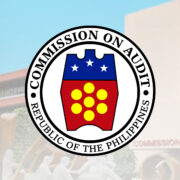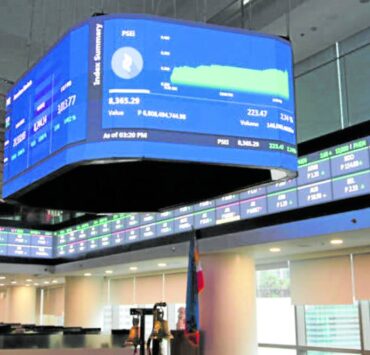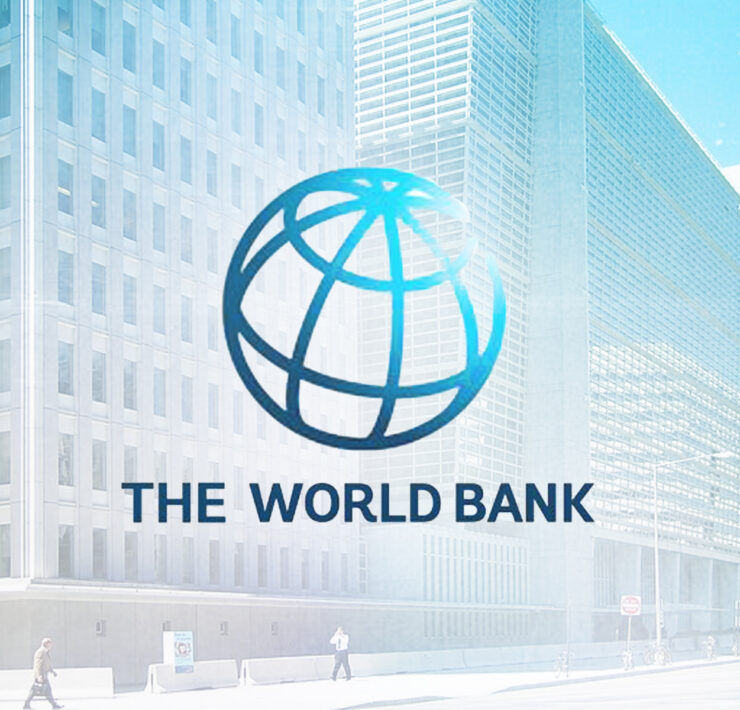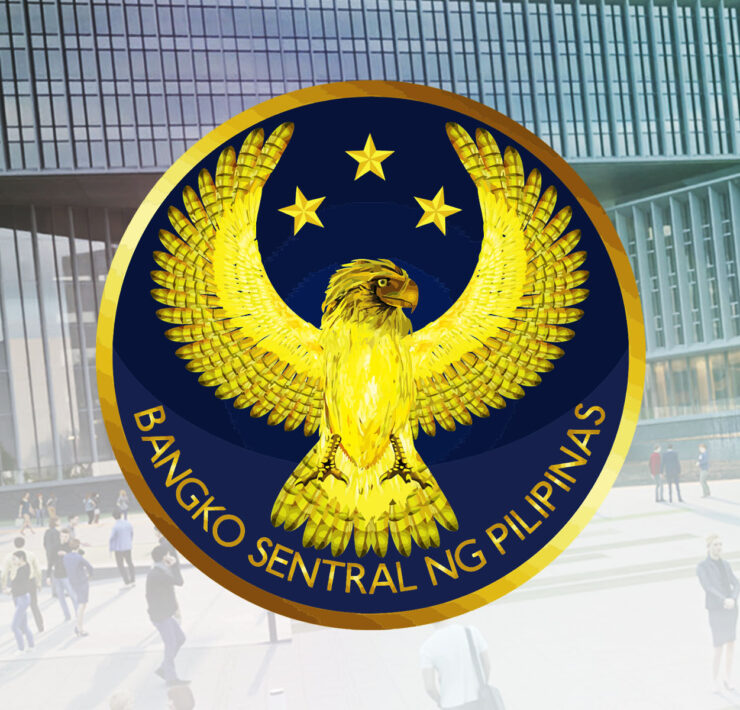In 2025, consumers seen to be more ‘conscious’ about spending
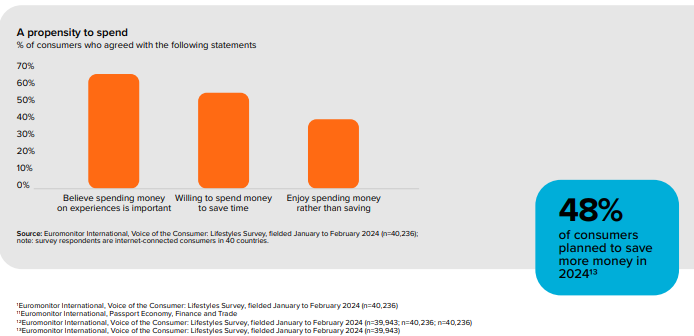
Economic pressures, technological advancements, and a more holistic approach to personal well-being.
When it comes to consumer behavior, these three are now the key drivers of people’s spending habits, according to the recently released Top Global Consumer Trends 2025 by data analytics company Euromonitor International, which brands and businesses should be looking at more closely as they plan their customer experience strategy for the coming year.
Euromonitor International’s latest report offers a comprehensive glimpse into the evolving mindset of global consumers, particularly when it comes to changes in how people approach spending, wellness, sustainability, and technology. The research highlights a fundamental shift in consumer psychology, driven by economic pressures, technological advancements, and a more holistic approach to personal well-being.
At the core of these trends is a growing sophistication in consumer decision-making, where quality, functionality, convenience, and price are no longer just considerations, but critical determinants of purchasing behavior. Specifically, the trends cited in the report–and the respective tactics that brands can employ for each–are:
Healthspan Plans: Consumers are no longer simply focusing on lifespan, but on the quality of life across their entire journey. An optimistic 52 percent of consumers believe they will be healthier in the next five years, reflecting a proactive approach to personal health, which also shows a growing patronage of smart wearables. This trend goes beyond traditional healthcare, encompassing nutrition, mental well-being, and preventative lifestyle choices.
Tactics for 2025: Develop targeted self-care products and tailor solutions to address specific, life-stage concerns or unmet needs. Use scientific evidence or proven results in your marketing materials to underscore how formulations, devices or designs support longevity. Partner with tech companies or diagnostics firms to offer personalized health assessments and real-time tracking solutions.
Wiser Wallets: Consumers are becoming increasingly strategic about their spending, with the days of impulse purchasing rapidly declining. Only 18 percent of consumers admitted to frequent unplanned purchases in 2024, representing a significant behavioral shift, and indicating a more thoughtful and deliberate approach to consumption.
Tactics for 2025: Develop campaigns for segments of your audience to convey relevant, specific benefits. Connect the priorities of your target audience to your value proposition to demonstrate the credible added value of your products or services. Drive loyalty with short- and long-term incentives that complement your offer and are also useful for your customers.

Eco Logical: This trend demonstrates that sustainability has moved beyond being a mere ethical choice. By the second quarter of 2024, the market had witnessed an explosion of sustainable product offerings, with 5 million online products across 11 FMCG industries sporting sustainability claims. Consumers are now demanding tangible evidence of environmental benefits, transforming sustainability from a niche concern to a mainstream expectation.
Tactics for 2025: Use sustainability claims that emphasize the value proposition of your product; connect these features to purchase drivers like efficacy, quality or safety. Focus product development efforts on attributes with strong growth in your category and market. Incorporate sustainability into products or services that are familiar to your target audience for easier adoption.
Filtered Focus: As consumer fatigue grows with endless choices and constant notifications, 42 percent of consumers have embraced livestreaming as a solution, finding it an efficient way to understand product features quickly. This indicates a desire for more streamlined, direct forms of product information and marketing.
Tactics for 2025: Use clear, honest and relatable messaging to communicate the unique benefits of your products and services. Personalize touchpoints or interactions where possible to deliver relevant information and foster meaningful customer relationships. Optimze the user experience to streamline product discovery and remove friction from the shopping journey with the right tech integrations.
AI Ambivalent: This trend reveals a nuanced consumer perspective on technological innovation, that despite growing concerns and skepticism, 43 percent of consumers still consider generative AI a trustworthy information source. This suggests a pragmatic approach to emerging technologies—cautious, yet open to potential benefits.
Tactics for 2025: Be transparent about the use of generative AI across channels and content. Analyze consumer sentiment to inform decisions about integrations or applications. Evaluate which touchpoints could leverage this tech vs human expertise; find the right balance.
Stella Vatcheva, senior head of practice innovation at Euromonitor International, encapsulates the report’s findings: “Consumers are increasingly conscious when it comes to spending. They seek products and services that are reliable, providing long-term and targeted solutions.”












